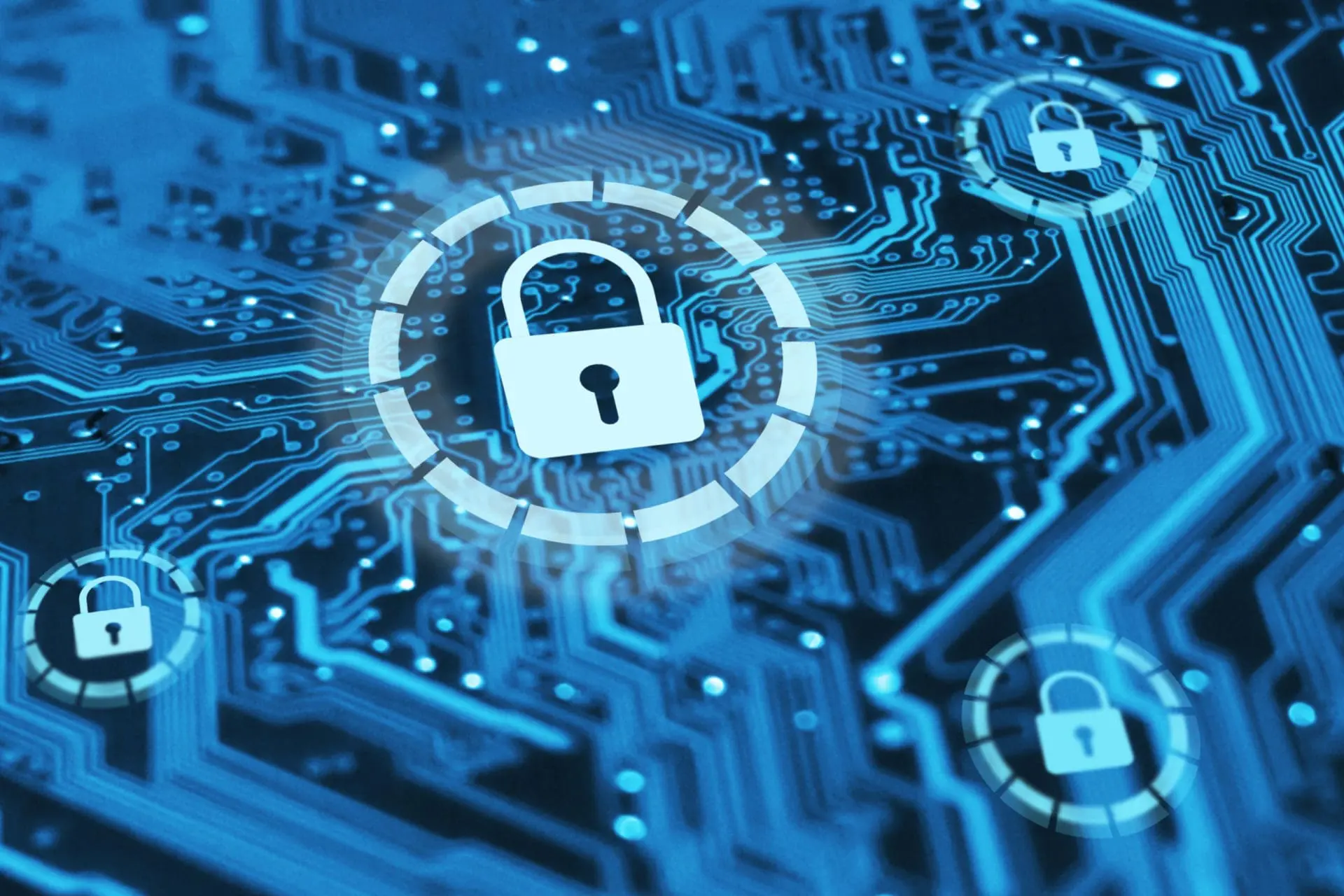Navigating Complex Challenges in Cybersecurity
In today’s dynamic landscape, the critical importance and resilience of cybersecurity as an integral component of organizational success has been emphatically highlighted. This is evidenced by the wave of workforce reductions in the technology sector, where cybersecurity experts have remained relatively insulated. Paradoxically, despite being shielded, security operations center (SOC) teams find themselves perpetually understaffed. Furthermore, they grapple with a myriad of challenges and elevated risks.
Last month’s ransomware attack on MGM Resorts International highlights the pressing need to enhance cybersecurity, follow best practices, safeguard digital assets, protect privileged accounts, and avoid the mistake of reusing passwords and synchronizing credentials. The incident also teaches us that configuration and monitoring of the Identity and Access Management (IAM) platform, adherence to Identity Providers (IdP) best practices, the implementation of Multi-Factor Authentication (MFA) controls, and the protection of Tier 0 assets are essential components of a robust cybersecurity framework.
A single security breach can swiftly escalate into a full-scale attack, jeopardizing business continuity. Today, the average cost of a data breach to businesses has surged to a staggering $4.35 million. According to gaming industry analyst David Katz, the cyberattacks repercussions are costing MGM Resorts a staggering $8.4 million in daily revenue. The mounting pressures intrinsic to this role have reached a tipping point, as nearly 30 percent of cybersecurity professionals are considering exit strategies over the next two years, mainly on account of occupational burnout. The stress has also percolated to the executive tier – an estimated 25 percent of cybersecurity leaders are predicted to change jobs by 2025.
The enduring shortfall in the cybersecurity talent pool stems from a perpetually shifting threat landscape, necessitating an agile and continually evolving skill set. To avert a talent drain, organizational leaders must duly acknowledge the multifaceted challenges confronting Security Operations Center analysts.
Managing a Vast Attack Surface:
- Modern enterprises are faced with a staggering array of threats across various fronts. Traditional security perimeters centered on on-premises work have given way to digital transformations driven by technologies like 5G, Machine Learning, and Cloud.
- The sudden shift to remote work during the Covid-19 pandemic introduced additional endpoints and security risks, such as business email compromise and phishing attacks.
- Companies are now using an average of 29 security monitoring products, with larger organizations employing even more. The resulting tool sprawl has left IT security leaders feeling overwhelmed and concerned about their expanding digital attack surface.
Lack of Visibility Across Assets:
- The deployment of critical infrastructure across complex environments has created blind spots that attackers exploit. Shadow IT further obscures the attack surface.
- The pandemic accelerated businesses’ reliance on third-party tools and cloud-based applications, often bypassing IT evaluations, leading to a lack of visibility.
- Managing multiple security vendor solutions for hybrid systems complicates inventory management and auditing, hindering a comprehensive view of the IT ecosystem.
Cloud Security Challenges:
- With the shift to remote and hybrid work models, enterprises rushed to adopt cloud-based infrastructure. Over 60 percent of all corporate data is now in the cloud.
- Security professionals are inundated with daily alerts for public cloud environments, making risk prioritization complex.
- The cloud introduces new, unknown attack vectors, and security teams oversee numerous Cloud Service Provider (CSP) accounts, requiring swift adaptation.
In light of these challenges, organizations recognize the importance of robust cybersecurity. However, investing in more controls can lead to alert fatigue, hampering the efforts of already understaffed security teams. The lack of comprehensive visibility hinders proactive risk management. Organizations must transition from reactive defenses to a risk-management approach, but this requires access to real-time, in-depth insights.
As businesses continue to navigate the ever-evolving cybersecurity landscape, security teams need to make informed decisions and adopt an adaptive security strategy. This strategy should permeate all aspects of the organization, providing centralized visibility, a means to quantify risk, and support from top-level executives. In our upcoming three-part series, we will delve deeper into the sophisticated cyber threats faced by modern SOCs and the necessary techniques to combat them.
https://milestone.tech/build-path-effective-communication-collaboration-cybersecurity-crisis/
https://milestone.tech/how-a-holistic-approach-to-cyber-security-can-reduce-your-risk/





